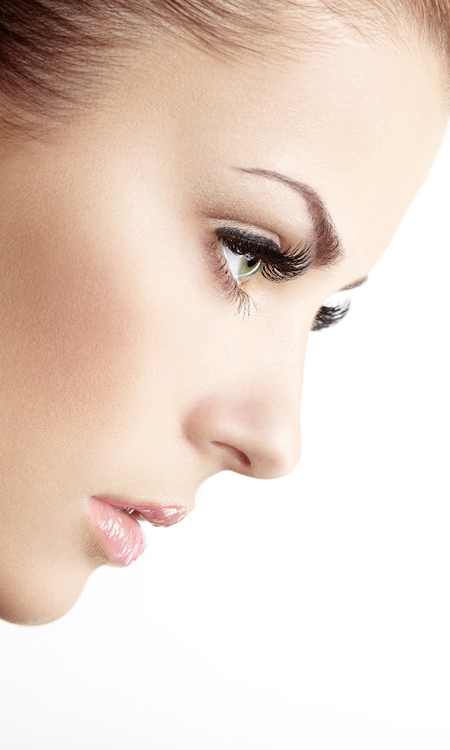
Nose Surgery
nasoplasty, or aesthetic correction of the nose, has a goal of fitting the nose with the rest of your face. Also it will open the airways for a better breathing. This procedure will reshape remove humps and realign the nose, and refine the tip.
Procedure
will be done under local or general anesthesia. General anesthesia is preferred for the surgeon and for the patient.
Depending on the work to be done. Dr Paul Audi will advise using for your case the open approach or the closed endonasal rhinoplasty.
the open rhinoplasty is used when the main work is on the tip of the nose when there is assymetry that need to be corrected, or the nasal tip need to be narrowed or projected or has a very weak support. In this approach, the work is done under direct vision, and the correction will be more predictable.
The closed approach gives excellent results in cases where the amount of work on the tip is minimal, it can address treatment of other nasal structures, the swelling is minimal.
Open rhinoplasty
For an open rhinoplasty, the incisions are made on the underside of the nose between the two nostrils, in the columella. This approach provide a better visualization and direct deformities correction. the small scar at the base of the nose is barely visible once it heals.
Endonasal rhinoplasty
For an endonasal rhinoplasty, the incisions are made inside the nasal passages. Because these incisions are hidden, they are invisible after surgery.
Two weeks before surgery. Avoid taking aspirin, certain anti-inflammatory drugs, and some herbal medications that can cause increased bleeding
Regardless of the type of surgery to be performed, hydration is very important before and after surgery for safe recovery.
After surgery, a nasal splint will be applied over your nose for support. You will have a rolled gauze like a cigarette on your upper lip, it will act like a drip pad, that you will be changing once saturated, the dripping will stop after 2 or 3 days and you can remove this gauze. In case of concomitant septal deviation correction, a plastic splint will be placed inside your nose. it will act as an internal splint and will hold everything in place and to keep the airway clean and free of crusts. Expect some swelling and bruising and possibly some discomfort. Your face will be puffy, and the areas around your nose and eyes will be bruised and swollen after surgery. Your surgeon may recommend cold compresses and arnica pills and gel to help minimize the swelling and reduce pain. You may need to keep your head elevated and relatively still for the first few days after surgery. Doctor Paul will prescribe a pain medication to deal with any pain you may experience. You will have to limit your activities for a few days to weeks. You will be cleaning your nostrils with cotton tips and diluted hydrogen peroxide two to three times per day, and apply fucidin ointment on the external sutures for one week. After one week the nasal splint will be removed at Dr Paul clinic, and compressive tape will be applied for one more week.
Recovery time frame
It is important to realize that the results after rhinoplasty, although you will see the immediate nice result. The result will continue improving over the next 6 months and sometimes up to one year if you have thick skin. Dr Paul will recommend gentle massage of the nose, to speed up the resolution of the swelling. You will need to wait for six weeks before you can engage in exercise or athletics. It will be a few months before you can expose your new nose to direct sunlight, and it may be six weeks before you can wear glasses.
How Long Will the Results Last?
The results of rhinoplasty are permanent, so it is important that you have clear aesthetic goals when this procedure is planned. Rhinoplasty should only be performed on a nose that has finished growing; usually fourteen years of age in girls and fifteen in boys.
Secondary Rhinoplasty
After a first rhinoplasty, if you don’t like your result, you can consult for a secondary rhinoplasty. Secondary rhinoplasty will correct the problems encountered during the first surgery. Sometimes, if the work was not enough Dr Paul will fix the issue by completing it. Often too much cartilage or bone was removed, a cartilage graft taken from the septum or ear or ribs will be needed to reconstruct the nose structures , and to recreate balance and harmony to your face. Depending on the cases. Dr Paul Audi will explain in details every step.
